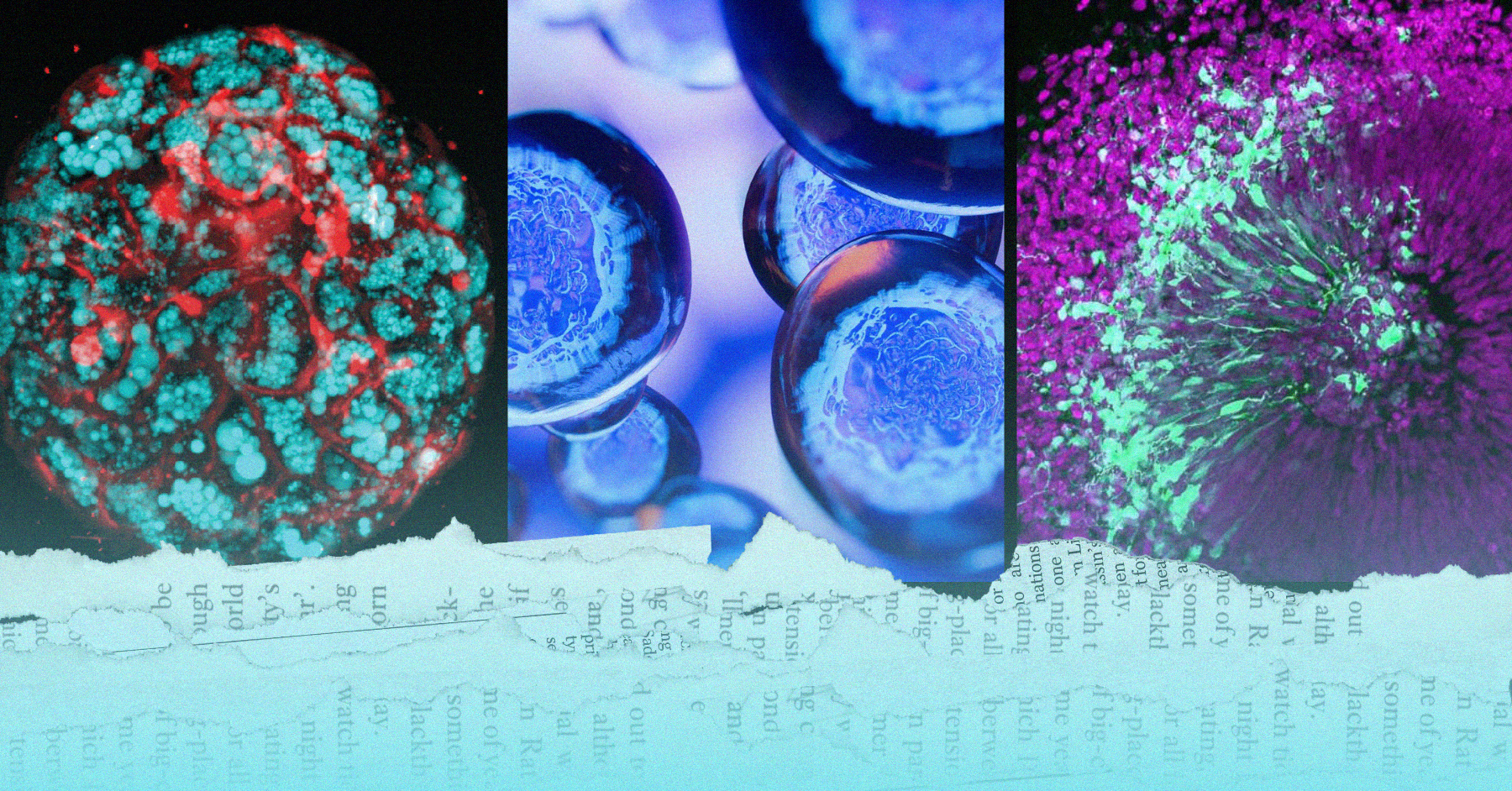
We believe that the exploitation of animals is unethical and, in turn, we would oppose the use of animals in experimentation regardless of any benefits that such research might realize for people. But it just so happens that science is also on our side.
While the animal research industry continues to breed, buy, cage, torture, and kill sentient beings, progressive scientists are busy proving that human-relevant science is not only possible but, in fact, better for us all. March 2024 highlights in science are below.

AI Can Detect Toxic Chemicals
Chalmers University of Technology, 3/6/2024
“Our method can assess whether a substance is toxic based on its chemical structure . . . The researchers believe that their new method can make it both faster and more cost-effective to find dangerous chemicals – and contribute to reducing the number of animal tests.”
“Today, there are more than 100,000 chemicals on the market but only a small part has a clear toxicity for humans and animals. Assessing and testing all kinds of chemicals with today’s system, which often involves animal testing, is therefore not realistic.”
“The researchers see that the method can be widely used in environmental research but also with authorities and companies that use or develop new chemicals. The method has therefore been made open and generally available.” 📰 Full Story →
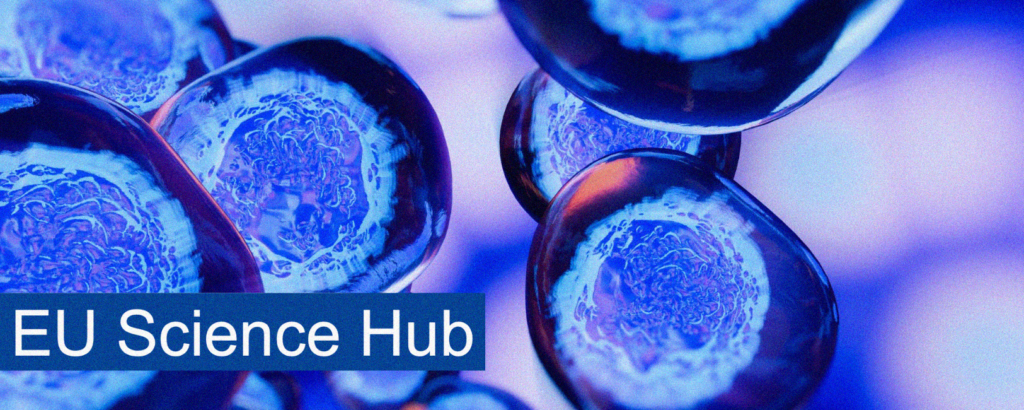
Alternatives to Animal Testing at the Joint Research Centre: The 2023 Status Report Is Out
EU Science Hub, 3/12/2024
“[The European Centre for the Validation of Alternative Methods], together with its EU Network of Laboratories for the Validation of Alternative Methods (EU-NETVAL), has just completed its largest ever validation study of 18 in vitro methods to identify chemicals that can potentially disrupt the thyroid hormone system, causing a range of serious health effects in humans and wildlife. Making such a battery of tests available will not only avoid the use of animals, but will also fill protection gaps related to endocrine disrupting chemicals.”
“The most promising methods have not been submitted to the OECD for expert review and consideration for inclusion in international test guidelines, paving the way for their regulatory acceptance in over 37 countries.” 📰 Full Story →

Researchers Develop Virtual Tool for Studying Gene Function
Courtney Price, Texas A&M University School of Veterinary Medicine and Biomedical Sciences, 3/22/2024
“Researchers at the Texas A&M University School of Veterinary Medicine and Biomedical Sciences (VMBS) have developed a new virtual tool that will allow scientists to study the function of genes more efficiently and hopefully reduce the number of animal models used in genetic research.”
“The tool, called Gene Knockout Inference (GenKI), allows scientists to simulate the relationship between genes in individual cells so they can study which genes affect cellular functions. Understanding the purpose of each gene is essential for developing new treatments for everything from cancer to the common flu.”
“Another advantage to using a virtual tool for genetic research is that researchers can study cross-tissue response, or the relationship that genes may have between multiple tissues, organs and systems….”
“Using a computerized tool is also beneficial because it allows researchers to study genes that they wouldn’t be able to study otherwise.” 📰 Full Story →

AI Could Provide New Approach to Assessing Chemical Toxicity Thresholds in Aquatic Organisms
Julia Robinson, 3/13/2024
“Artificial intelligence (AI) could help advance the computational prediction of chemical toxicity in aquatic organisms and eventually replace, or at least reduce, the use of animal testing in this area.”
“Chemical pollution is a major contributor to the worsening health of water systems across the world. However, determining the point at which a chemical’s concentration turns toxic to aquatic life requires intensive testing often involving animals . . . Computational methods provide a fast and cost-efficient alternative….”
“On testing, the model was found to have high predictive performance of the toxicity threshold for each of the organism groups . . . ‘Using artificial intelligence, we can make much better predictions [about] whether a chemical is toxic or not for the environment, based on its structure,’….” 📰 Full Story →
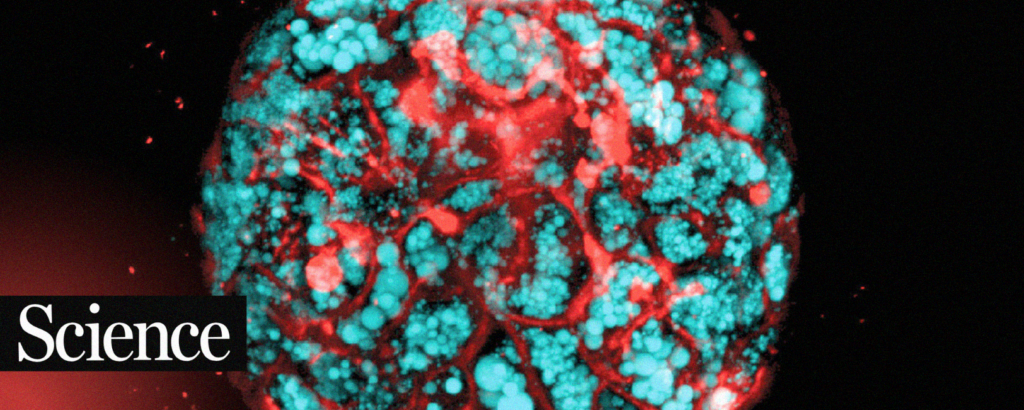
Organoids: Today’s Research Tool, Tomorrow’s Organ Transplant Solution
Science and AAAS, 3/15/2024
“Organoids are lab-made mini-organs, created from embryonic or induced stem cells that . . . can be used to study human biology and disease” and “can even help supersede animal research, replicating biological processes more accurately than lab animals at lower overhead costs.”
“Because organoids can be derived from just one person’s cells, they might someday help tailor treatments to individual patient needs.”
“At Cincinnati Children’s, researchers have access to patient samples that they could use to generate organoids at the lab bench. The idea is to then complete the circle, providing the patient with personalized therapy–whether that’s a custom drug or a transplant made from their own cells with little or no chance of rejection.” 📰 Full Story →
(Meanwhile, in the perverse world of animal research, US surgeons have performed the first pig-to-human kidney transplant.)
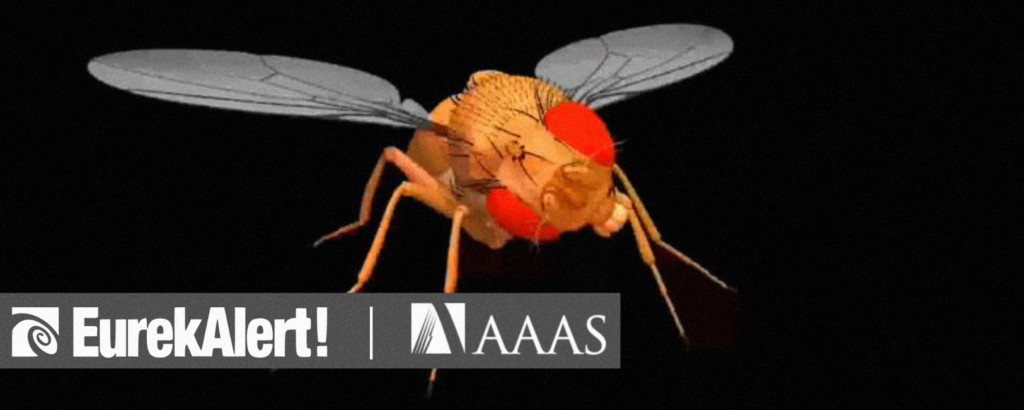
Artificial Intelligence Brings a Virtual Fly to Life
Howard Hughes Medical Institute, 3/15/2024
“By infusing a virtual fruit fly with artificial intelligence . . . scientists have created a computerized insect that can walk and fly just like the real thing.”
“The new model is the first iteration of the team’s virtual fly, which they plan to make even more lifelike with additional anatomical and sensory features and a real neural network. It is also the first in what they hope will be a series of realistic animal models that they and other researchers can now develop using this general-purpose, open-source framework.”
“These models could help scientists more fully understand how the nervous system, body, and environment work together to control behavior. While researchers have probed these questions with real animals in the lab for decades, realistic virtual models will enable scientists to understand how all these components interface and how factors that can’t be measured in the lab – like the force exerted on the body when flying – affect behavior.”
“Now that the team has shown that they can create these types of realistic virtual models, they also want to create a virtual mouse and zebrafish, two organisms widely studied by neuroscientists. The pipeline they used to create the virtual fly is also freely accessible to researchers worldwide, enabling others to also create their own realistic models.” 📰 Full Story →
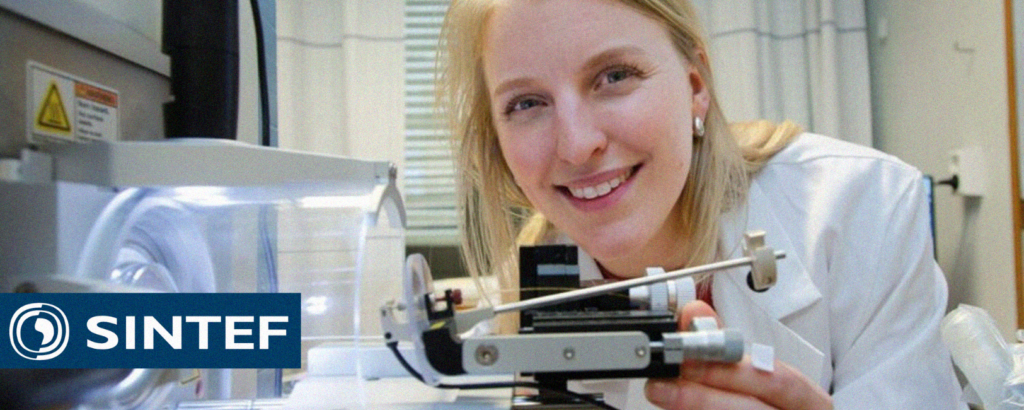
Organs Grown on Microchips May Offer a Quantum Leap for Women’s Health
Frøydis Sved Skottvoll, 3/26/2024
“Women’s bodies and their health in general have for too long been assigned low priority in the field of research . . . Historically, medical conditions typical to women have been the focus of less research that [sic] those of men, resulting in a marked gender inequality.”
“At the University of Leuven in Belgium, we have recently succeeded in cultivating mini-organs that can imitate endometriosis using cell samples taken from women suffering with the condition. This now allows us to test new drugs for the treatment of endometriosis. The mini-organs provide us with faster and more accurate results because the cells are taken from a woman’s body and not from an experimental animal. Our work has led us to discover that endometriosis develops differently in different individuals, indicating that the condition cannot be treated with a ‘one-size-fits-all’ approach.”
This technology “can model the function of the human body more precisely than is possible using experimental animals.” 📰 Full Story →
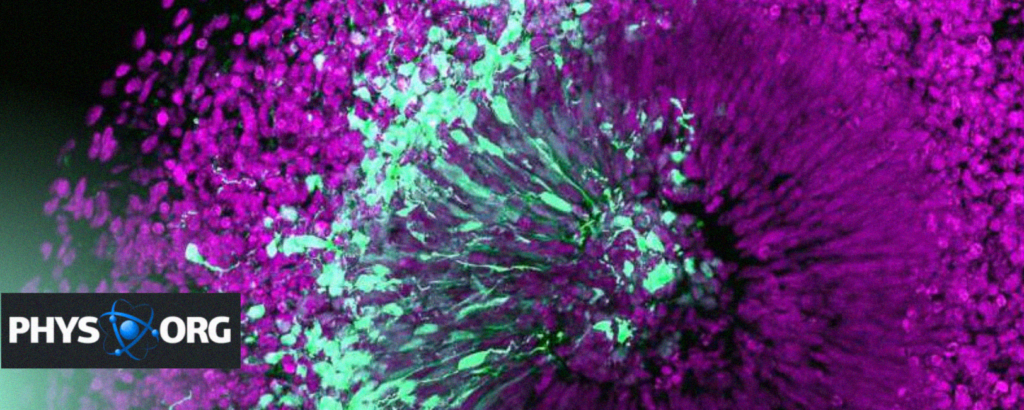
Organoids Research Identifies Factor Involved in Brain Expansion in Humans
Magdalena Gonciarz, Dresden University of Technology, 3/27/2024
“To search for factors influencing brain expansion, the Albert group compared developing brains of mice and humans . . . The team found a factor that is present in humans but not in mice.”
“These 3D brain cultures, or brain organoids, may not resemble brains to an untrained eye, but they mimic the cellular complexity of development brains. ‘Most of the cell types of the developing brain are present. They interact, signal, and are similarly arranged as in an actual human brain,’….” 📰 Full Story →